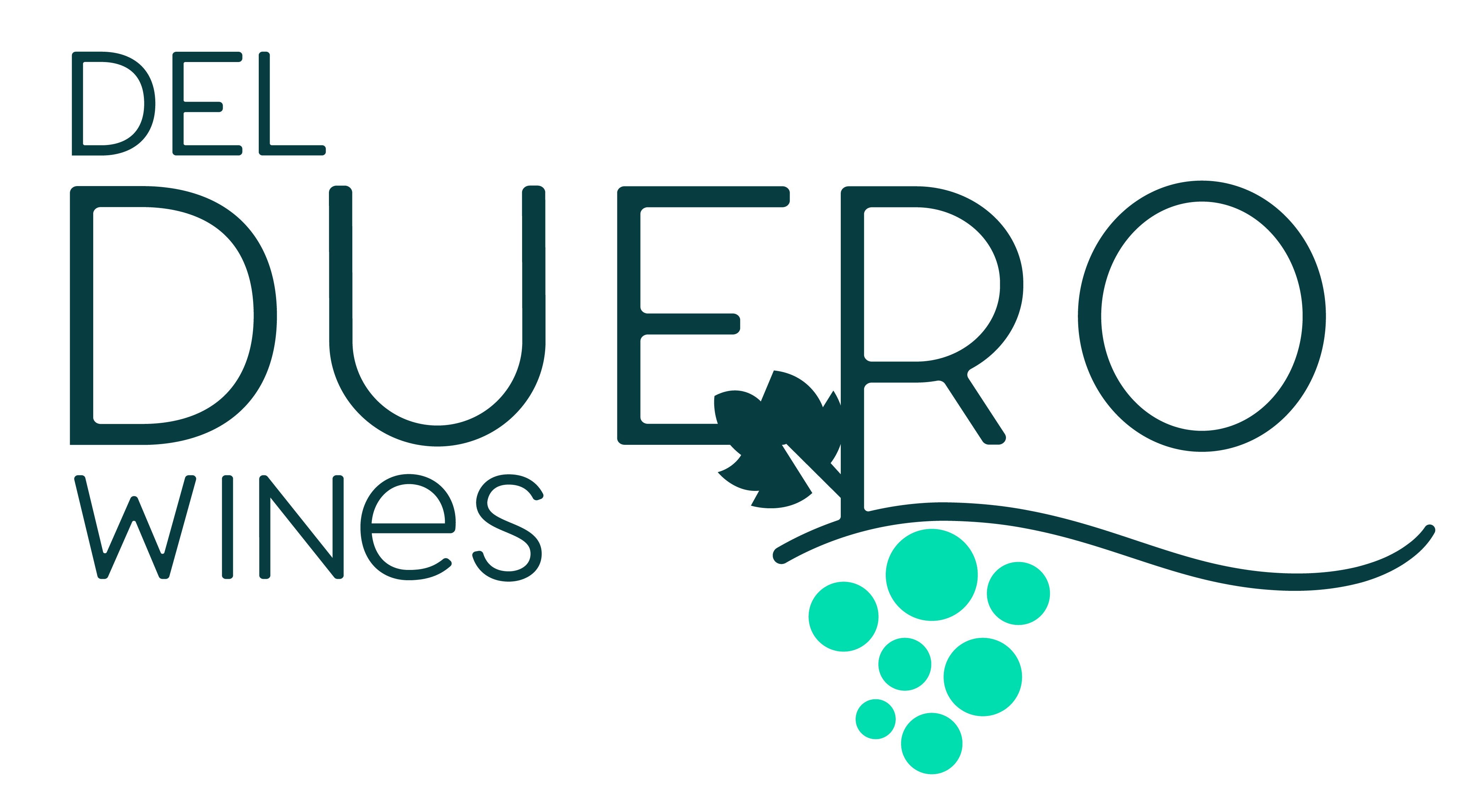Located in Spain's Northwest, in the Galician region, Ribeira Sacra is a landscape to dream for. The green, leafy and steep hillsides surrounding the Sil river have hosted more than two thousand years of winemaking tradition and are now, since 1996, an official Denominacion de Origen (Appellation) that produces some of the best Spanish wines.

Ribeira Sacra is in the Nortwestern part of Spain, close to the border with Portugal
The vine cultivation origin in this area dates thousands of years back. Yes, you've read that right, THOUSANDS. of years back - About two thousand years ago, the Romans arrived to Galicia and brought their customs and habits with them, including winemaking. After looking for the best locations to plant vines, they decided to use the steep terraces in the Sil river valley to do so. There are legends and stories going around in the area claiming that the wine from Ribeira Sacra got to be quite well known in Rome and even made it all the way up to the Caesar.

Navigating through the Sil River
The Romans' legacy in the area were roads, vines and quite a few Roman Churches and Monasteries; Hundreds of years later, Monks and Priests found peace and harmony in the Ribeira Sacra and decided to settle down in this place, which provided a nice contact with nature. Monks and Priests were quite skillful in winemaking and rapidly propagated wine consumption in the area, once again.
Nowadays, Ribeira Sacra is a rapidly growing winemiaking region, which has multiplied its planted acreage since 1996, when they were officially recognized as a "Denominacion de Origen" (Appellation), up to 6,177 acres.
Heroic Viticulture
With no doubts, one of the most particular characteristics of Ribeira Sacra is the steepness of the hillsides where vines are planted. This benefits the wine's taste, but makes vine care and harvest overly complicated. For this reason, viticulture practiced in this region is considered "Heroic Viticulture", which is a name used to describe human's fight against the monumental areas geography for the love of winemaking. Normally, "Heroic Viticulture" is identified as that one that meets the following criteria:
- Vineyard sites at altitudes over 500 meters (1600 feet).
- Vines planted on slopes greater than 30%.
- Vines planted on terraces or embankments.
- Vines planted on small islands in difficult growing conditions.
In many cases, machinery cannot access the vineyards, so growers have stair-shaped the hills to be able to climb and harvest the vines. In the Ribeira Sacra, some slopes are as steep as 70% slope. Check it out:
Grape Varieties
The primary grape varieties from Ribeira Sacra are, starting with reds, Mencia, Brancellao, Merenzao and the famous Tempranillo, while predominant white varieties are Albarino, Godello and Treixadura, three well known varieties in Nortwestern Spain. The Mencia, Merenzao and Godello wines are the most common and appreciated wines in the region, obtained after centuries of history and tradition thanks to the ideal conditions for fruit growth and development in this place. In general, Ribeira Sacra wines are fuity, intense and very, very drinkable.
Ribeira Sacra is a place where wine becomes an art. Art that started through Roman influence, was perpetuated by monks and priests and has continues to be perfected today applying modern vinegrowing and winemaking techniques while respecting its origin's tradition and solemnity.
If you still don't know Galician and Ribeira Sacra wines, go check our store for some nice Red and white wines full of history.
Cheers!
Daniel, from Del Duero Wines.

